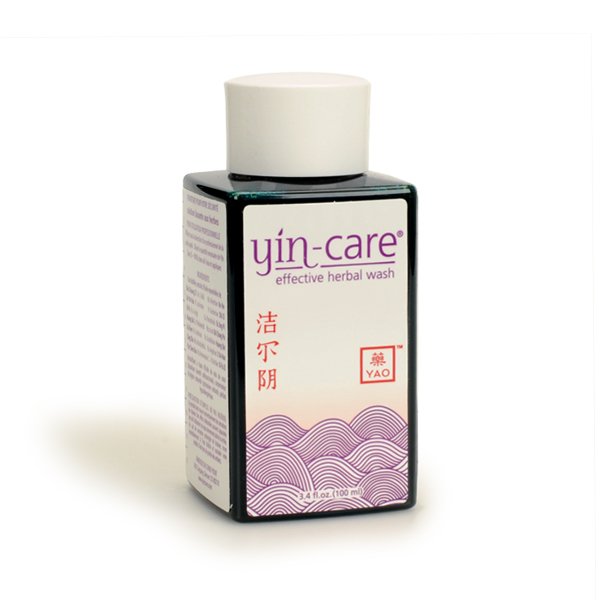how to cook: BEANS
/Beans are NUTRITIOUS! High in proteins, carbohydrates, iron and other minerals, and vitamins (especially A and B). Folks complain that they are hard to digest; that beans give them ‘gas’. But if you cook them properly and eat them properly, you will have NO complaints. Eating them properly means not eating too much - about ½ cup is a perfect serving – and of course, chewing, chewing them well. When you chew, your saliva fully initiates the digestive process; it is loaded with digestive enzymes. As for proper cooking, follow these instructions:
METHOD
First. WASHING. Thoroughly clean beans. Rinse away dirt and pick out any small stones. Skipping this step may mean someone’s not-so-lucky day. A broken tooth is not a good surprise. Swirl the beans with your hands in a bowl of water; pour out several times.
Next. SOAKING. Soak beans overnight in the bowl filled with new clean water. If you don’t have all night, soak for less time with boiling water, letting beans stand for an hour, or more if you have the time.
DRAIN the beans and discard the soaking water.
Finally. COOKING. Place a piece of kombu seaweed on the bottom of your pot, then beans, then water. About 3 cups of water for every cup of beans. I like using a cast iron dutch oven for cooking beans. Beans take a long time. Cooking too hot or too fast will burn your beans. Simmering at a somewhat lower temperature in a heavy, thick-bottomed pot should mean no burning at all.
Note on KOMBU: Amino acids and minerals in kombu (kelp) seaweed break down and soften beans as they cook making them more digestible and more flavorful. You can soak the kombu along with your beans before cooking them together. You can even get away with skipping the soaking step, going straight to cooking, as long as you use kombu.
Bring water and beans to BOIL. Reduce flame to medium-low and SIMMER for 10 minutes, skimming off any foam that may form on top. Reduce heat again to a low flame and continuing to simmer. Cover and cook for an hour or until beans are 80% done. Time will vary according to type of bean you are cooking and you can taste-test this part. Add salt at the 20% to go time. Salt will finish softening the beans and of course bring out their flavor. Use about ¼ teaspoon per cup of cooked beans. Cook an additional 20-30 minutes or until just tender.
Lentils and peas cook quickly. You can have your lentils or split pea soup in 45 minutes to an hour with no soaking time. Add salt during the last 15-20 minutes. Turtle beans and pinto beans take longer. Don’t be in a hurry. Cook your beans until they’re done!
For any beans you cook, you can uncover the pot after salt is added to allow any excess water to boil off. On the other hand, a little extra water is sometimes needed. This is also the perfect time for adding a small amount.
Whenever you take a lid off to check, make sure the water is still simmering. If it isn't, turn the flame up to medium or medium-low then set it back down to low once it is simmering again.
How do you know when the beans are done?
Take a bean out of the pot on a spoon. Bite it or squeeze it between your fingers. You should be able to squeeze and the consistency should be very soft. Let them simmer a little while longer if they’re not quite right.
Here’s a chart to help you plan the time:
And a thought or two more…
Eat beans as ‘just beans’, salted or with a little soy sauce. Want to turn your beans into soup? Add more water. Add vegetables. Onions, carrots, celery, garlic, parsley, pumpkin, winter squash, corn, mushrooms. Add herbs, pepper, spice, or chilis if you want it ‘hot’. For soup, sauté vegetables in olive or sesame oil first to add depth to the soup. Or, add a teaspoon or two of oil directly when you add vegetables to give soup an extra layer with richer taste.







